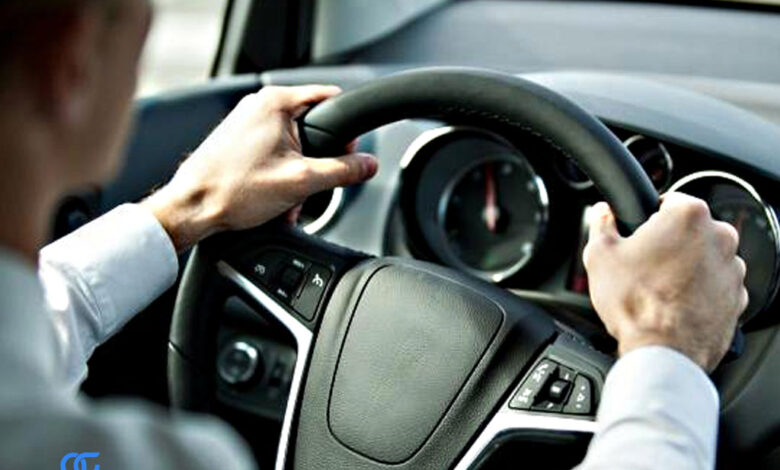Car Safety Tips for New Drivers: A Comprehensive Guide

Car Safety Tips for New Drivers: A Comprehensive Guide
Introduction
As a new driver, the road can seem daunting, but with the right knowledge and precautions, you can ensure a safe and enjoyable driving experience. In this guide, we will cover essential car safety tips for new drivers. Whether you’re a teenager getting behind the wheel for the first time or someone who has recently obtained their license, these tips will help you navigate the road with confidence.
Car Safety Tips for New Drivers
Mastering the Basics
Driving is a skill that requires mastering the fundamentals. Start with these basics:
- Focus on Seatbelt Safety: Always wear your seatbelt; it’s your first line of defense in case of an accident.
- Adjust Your Mirrors: Properly adjusted mirrors eliminate blind spots, enhancing your awareness.
- Understand Traffic Signs and Signals: Knowing what road signs and signals mean is crucial for safe driving.
- Maintain a Safe Following Distance: Keep a safe distance between your car and the vehicle in front of you to allow time for reaction.
- Obey Speed Limits: Speed limits are there for your safety. Adhere to them.
Defensive Driving Techniques
New drivers should adopt defensive driving techniques to minimize the risk of accidents:
- Anticipate Others’ Actions: Always be prepared for unexpected moves from other drivers.
- Avoid Distractions: Stay focused on the road and avoid using your phone while driving.
- Use Turn Signals: Signaling your intentions helps other drivers anticipate your moves.
- Be Cautious at Intersections: Many accidents happen at intersections, so approach them with care.
- Stay Calm in Traffic: Maintain your composure in heavy traffic to make better decisions.
Vehicle Maintenance
Regular vehicle maintenance is essential for safety:
- Check Tire Pressure: Properly inflated tires provide better control and fuel efficiency.
- Brake Inspections: Regular brake checks ensure your ability to stop safely.
- Oil and Fluid Changes: Keep your vehicle’s vital fluids at recommended levels.
- Headlight and Taillight Checks: Ensure all lights are working correctly for visibility.
- Windshield Wipers: Replace worn wipers to maintain clear visibility in rain or snow.
Nighttime and Adverse Weather Driving
Driving at night and in adverse weather conditions requires extra caution:
- Use Headlights in Poor Visibility: Always use headlights in fog, rain, or snow.
- Reduce Speed: Slow down in adverse weather to maintain control.
- Avoid Cruise Control: Don’t use cruise control in slippery conditions.
- Plan Your Route: Check the weather and plan your route accordingly.
- Emergency Kit: Carry an emergency kit with items like blankets, flashlights, and first-aid supplies.

#image_title
Sharing the Road
Respect for other drivers is key to road safety:
- Pedestrian Right of Way: Always yield to pedestrians at crosswalks.
- Be Courteous: Use your turn signals, and let others merge when possible.
- School Zones: Obey lower speed limits and stop for school buses when their lights are flashing.
- Watch for Bicyclists: Give bicyclists ample space and check your blind spots.
- Respect Emergency Vehicles: Pull over and yield the right of way to emergency vehicles.
Dealing with Road Rage
Road rage can be dangerous. Stay calm and follow these tips:
- Avoid Aggressive Driving: Keep a cool head and avoid aggressive behaviors.
- Don’t Engage: If confronted by an aggressive driver, don’t engage; instead, call the authorities if necessary.
- Maintain Safe Distances: Give angry drivers plenty of space and avoid eye contact.
- Stay Calm: Focus on your own safety and well-being.
- Report Dangerous Drivers: If you witness dangerous driving, report it to the authorities.
FAQs
What should I do if my car breaks down on the road?
Pull over to a safe location, turn on hazard lights, and call for assistance.
Are there specific rules for driving in bad weather?
Yes, reduce speed, use headlights, and maintain a safe following distance.
How can I improve my parallel parking skills?
Practice in a quiet area and use reference points for guidance.
Is it safe to drive with headphones or earbuds?
No, it’s dangerous and illegal in many places; always focus on the road.
What should I do if I get a flat tire?
Safely pull over, change the tire if possible, or call for roadside assistance.
How do I handle a skid while driving?
Steer in the direction you want to go and avoid slamming on the brakes.
Conclusion
By following these car safety tips for new drivers, you can protect yourself and others on the road. Safe driving is not just a responsibility; it’s a skill that you can develop with practice and the right mindset. Remember, every journey starts with the first step, so stay safe and enjoy your time on the road.



